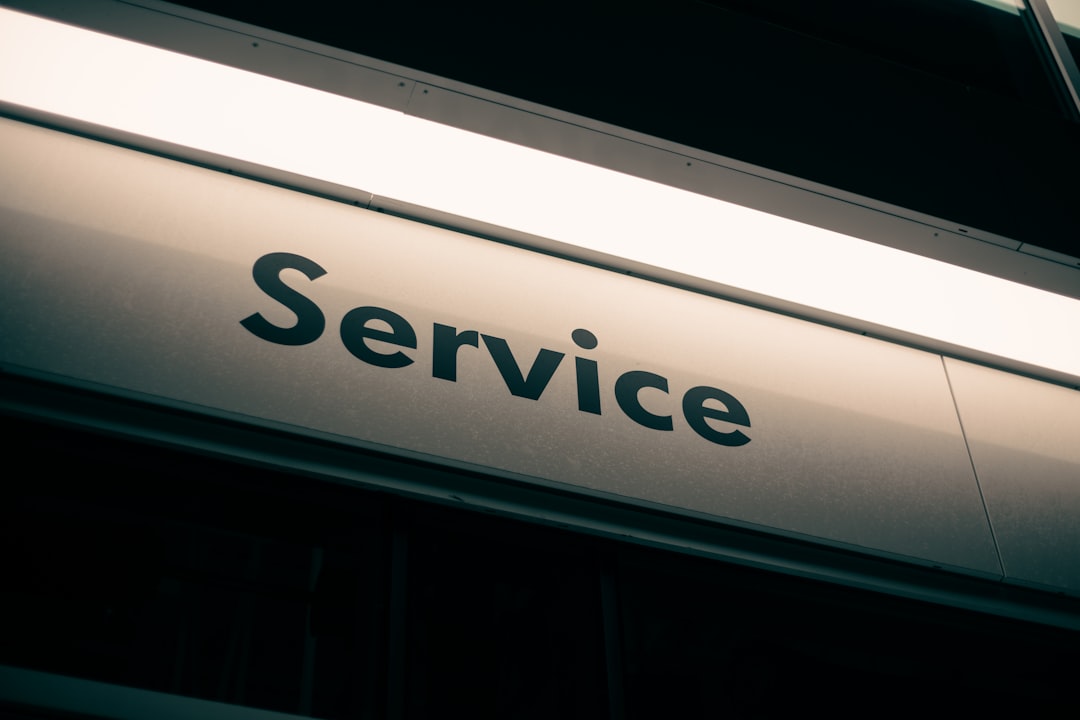
Demolition services play a critical role in construction and renovation projects, facilitating the safe and efficient dismantling of structures. Whether you’re planning to renovate your home, clear land for new construction, or simply remove an old building, understanding the different types of demolition services available can help you make informed decisions. This article will cover various aspects of demolition services, including types, processes, and important considerations when hiring a demolition contractor.
There are generally two main types of demolition: residential and commercial. Residential demolition focuses on single-family homes and smaller structures, often requiring a more delicate approach to protect surrounding properties. Commercial demolition, on the other hand, involves larger structures such as office buildings, hotels, or shopping centers, and typically requires heavy machinery and more complex planning. Each type has its unique challenges and requirements, but both aim to achieve a clean and safe site for future development.
The demolition process generally begins with planning and permitting. Professional demolition companies will assess the site, develop a plan, and obtain any necessary permits to ensure compliance with local regulations. After planning is complete, the demolition can begin, which often includes stripping the building of hazardous materials, disconnecting utilities, and finally, the actual tearing down of the structure. The use of advanced techniques, such as selective demolition, allows contractors to minimize waste and maximize recycling efforts.
When selecting a demolition service, it’s crucial to consider several factors. First, verify the contractor’s credentials and experience in the field. This includes checking their insurance, licenses, and reviews from previous clients. A reputable demolition company will also conduct a thorough site evaluation before providing a quote, ensuring they understand the specifics of your project. Moreover, discussing safety measures and waste disposal practices with your contractor can provide peace of mind and help you comply with environmental standards.
In conclusion, demolition services are an essential component of many construction projects, offering the expertise needed to safely and efficiently remove unwanted structures. By understanding the types of demolition and the processes involved, as well as being diligent in selecting the right contractor, you can ensure a smooth and successful demolition experience. Whether it’s for a home renovation or a large commercial project, the right demolition service can lay the groundwork for future development and success.

